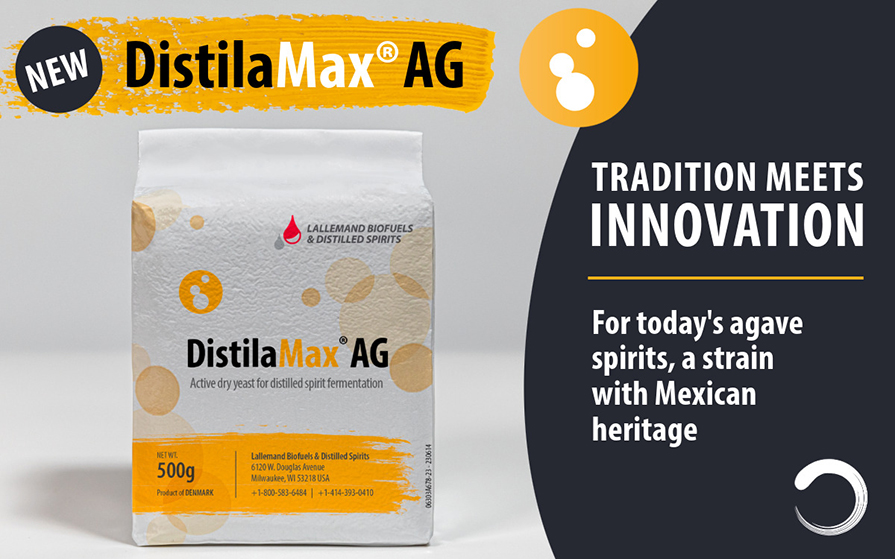Where
Science
meets Art
Our single-source philosophy gives you the highest quality ingredients,
outstanding service and education, and industry-leading experience.
outstanding service and education, and industry-leading experience.
What would you like to craft?
↓
Whisky (Scotch type)
Whisk(e)y (North America)
Rum
Agricultural Rhum
Cachaça
Tequila
Mezcal
Neutral Spirits
Gin
Vodka
- Whisky (Scotch type)
- Whisk(e)y (North America)
- Rum
- Agricultural Rhum
- Cachaça
- Tequila
- Mezcal
- Neutral Spirits
- Gin
- Vodka
Ok
Latest news & events
"The Yeast to know" - Lallemand Distilling in Craft Spirits Magazine
Don’t miss out on Craft Spirits Magazine’s insightful article on the importance […]
Introducing DistilaMax®AG, our new yeast crafted exclusively for agave spirits!
DistilaMax®AG, unlock complex, intense and well-balance aromas with fruity and citrusy notes. AG thrives in temperatures from 20°C to […]
DistilaMax, DistilaVite, DistilaBact and DistilaZyme: "brands" new labels!
We are happy and proud to introduce our new Lallemand Distilling products labels! At Lallemand Biofuels & Distilled Spirits […]

